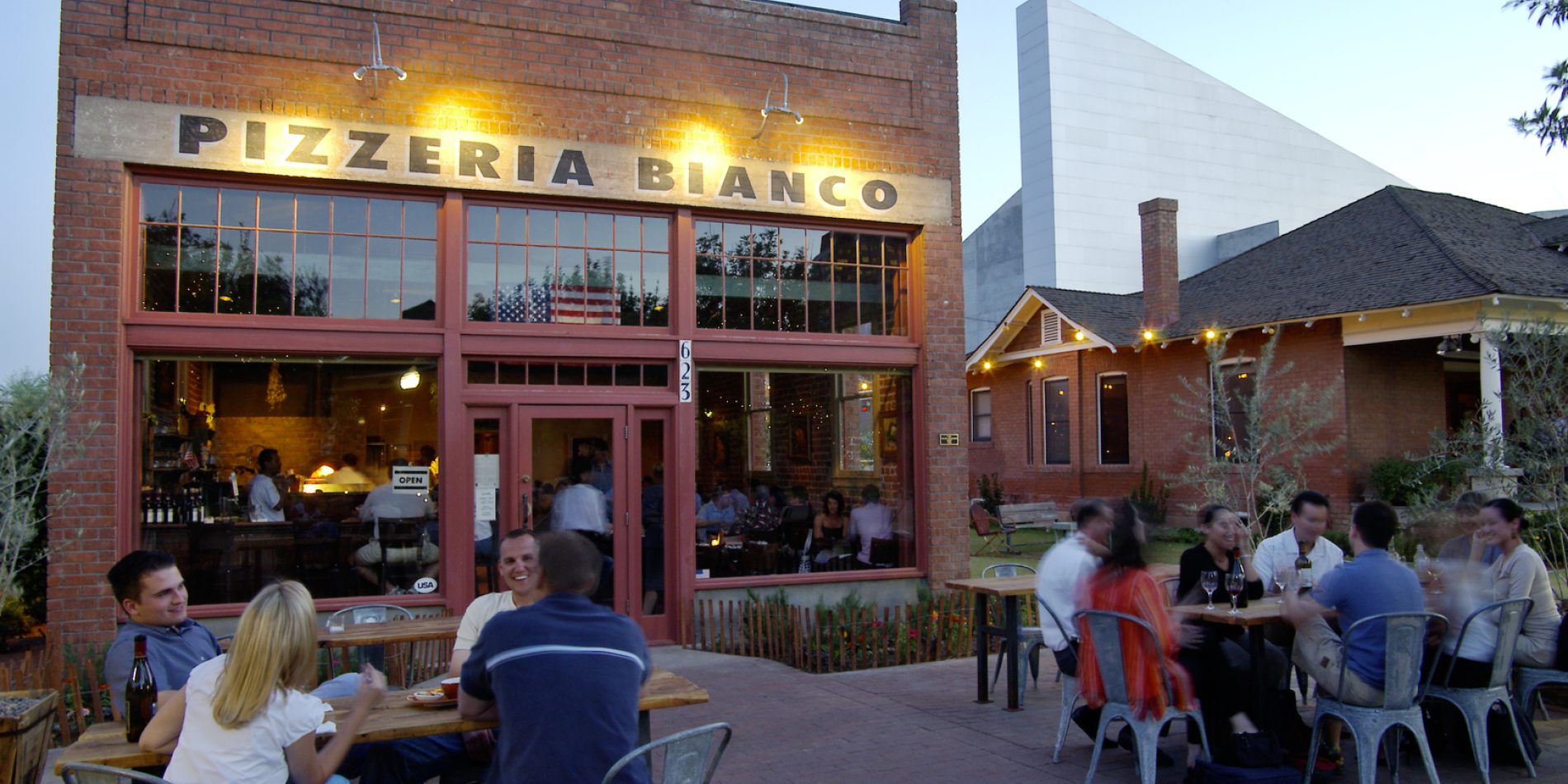Why Dining at Regional Dining Establishments Sustains Your Community and Thrills Your Taste
Dining at neighborhood restaurants supplies even more than just a meal; it offers as an essential part in supporting area vigor and financial durability. What might this imply for the future of regional dining and neighborhood link?
Financial Influence of Neighborhood Eating

The financial influence of local dining extends far beyond the restaurant itself, influencing a variety of markets within the neighborhood. Regional dining establishments play a crucial duty in boosting financial development by developing jobs, supporting local vendors, and adding to community incomes. When consumers select to eat at neighborhood facilities, they aid sustain work for chefs, servers, and upkeep staff, thus enhancing the local task market.
In addition, local restaurants frequently resource ingredients from close-by ranches and producers, fostering a robust supply chain that benefits different agricultural markets. This practice not only supports neighborhood economies but additionally urges sustainable farming practices. In addition, the sales tax obligation generated from these dining establishments contributes to important public solutions, such as education and learning and framework, which additionally enhances neighborhood top quality of life.
Furthermore, neighborhood eating facilities frequently promote a feeling of area, bring in homeowners and visitors alike, which can result in increased foot traffic in surrounding businesses. This interconnectivity amongst neighborhood ventures boosts economic durability, creating a vivid and sustainable neighborhood environment. In essence, the assistance of neighborhood dining is a financial investment in the more comprehensive economic health and wellness of the location, promoting development and sustainability for future generations.
Distinct Culinary Experiences

In addition, several regional establishments embrace farm-to-table practices, stressing the significance of seasonal produce. Diners can enjoy the quality of ingredients sourced from close-by ranches, which not only improves taste however also promotes a connection to the regional landscape. This dedication to top quality and area sets the phase for distinctive cooking experiences that are frequently missing in chain restaurants.
Additionally, regional cooks frequently try out blend cuisine, mixing varied cooking traditions to create amazing brand-new recipes. Such technology not only tantalizes the taste buds however likewise urges adventurous eating, welcoming patrons to expand their cooking horizons. Involving with neighborhood restaurants allows restaurants to delight in dishes that are not practically food, however about the virtuosity and enthusiasm that specify the culinary world, making every eating experience absolutely one-of-a-kind and wonderful.
Conditioning Community Bonds
Eating at neighborhood dining establishments plays an essential function in enhancing neighborhood bonds by promoting connections amongst homeowners. These facilities act as vital meeting place where people can involve in significant conversations, share experiences, and produce long-term memories. As clients frequent the very same regional places, they grow a feeling of knowledge and friendship, reinforcing social ties within the neighborhood.
Moreover, local restaurants commonly reflect the one-of-a-kind cultural textile of their communities, showcasing regional practices and culinary heritage. This event of regional society not only boosts community identification however also motivates citizens to take pride in their surroundings. By taking part in the neighborhood dining scene, people contribute to a common story that binds them with each other.
Community occasions hosted at restaurants, such as open mic nights, fundraising events, or food festivals, additionally improve these links. They supply opportunities for cooperation and interaction amongst diverse teams, promoting inclusivity and understanding. As residents collect to support neighborhood services, they concurrently sustain one an additional, developing an interconnected network that reinforces the area's durability.
In significance, eating at local restaurants is not merely regarding food; it is an enriching experience that fortifies neighborhood bonds and cultivates a lively, united regional society.
Sustaining Regional Farmers and Manufacturers

This technique lowers transportation prices and exhausts, promoting environmental sustainability while likewise improving the taste and top quality of the recipes served. Seasonal menus, which highlight neighborhood fruit and vegetables, permit dining establishments to supply unique cooking experiences that reflect the area's farming bounty.
Furthermore, supporting local farmers assists protect standard farming look at this web-site methods and motivates biodiversity. It equips small producers, enabling them to grow in an increasingly industrialized food system. As local dining establishments choose to companion with these farmers, they aid keep a vivid farming area, guaranteeing that local food systems remain durable.
In significance, dining at local restaurants is not just concerning appreciating a dish; it is an investment in the local economy and an affirmation of lasting techniques. By selecting local, diners play an important role in supporting their neighborhoods and supporting the hardworking people who cultivate their food.
Maintaining Neighborhood Culture and Heritage
Rooted in the traditions of their areas, regional restaurants offer as crucial custodians of cultural heritage. By showcasing local active click here to find out more ingredients and standard cooking approaches, these facilities maintain the unique tastes and cooking practices that specify local identification. Each meal tells a tale, reflecting historic impacts and cultural narratives that have actually shaped the community over generations.
Moreover, neighborhood dining establishments frequently promote time-honored dishes passed down via households, ensuring that special cultural practices continue to be to life. This not only enlightens patrons concerning the neighborhood's heritage yet likewise fosters a feeling of pride and belonging amongst locals. The atmosphere, decoration, and also music in these facilities commonly echo the neighborhood culture, giving an all natural experience that goes beyond simple eating.
Moreover, local dining establishments add to the preservation of language and dialects, as food selections and conversations typically include regional vernacular. By joining area occasions and parties, these dining establishments reinforce social bonds and advertise social exchange. In essence, eating at local restaurants is not simply a cooking experience; it is a possibility to involve with and sustain the abundant tapestry of neighborhood society and heritage, guaranteeing its connection for future generations.
Conclusion
